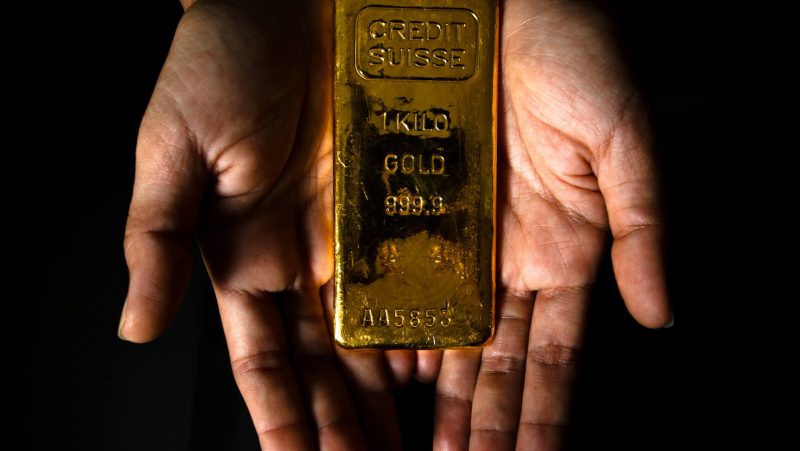In the realm of financial markets, gold has long been celebrated for its intrinsic value and role as a safe-haven asset in times of economic uncertainty. The precious metal has a rich history dating back centuries, with its allure transcending time and geographical boundaries. Despite experiencing fluctuations in price and demand over the years, gold has managed to maintain its status as a symbol of wealth and stability.
In recent years, the price of gold has witnessed a steady upward trajectory, prompting speculation among investors and analysts about the potential for a significant surge. The economic uncertainties brought about by global events such as the COVID-19 pandemic, geopolitical tensions, and inflation concerns have fueled interest in gold as a hedge against market volatility.
The prospect of gold surging to $3000 per ounce has garnered particular attention, with experts weighing in on the factors that could propel such a price increase. One key driver is the inverse relationship between the value of the U.S. dollar and gold prices. As the dollar weakens, gold tends to appreciate in value, making it an attractive option for investors seeking to diversify their portfolios.
Additionally, central bank policies, inflationary pressures, and geopolitical developments all play a role in shaping the demand for and price of gold. Central banks, particularly in emerging markets, have been increasing their gold reserves as a means of diversifying their foreign exchange holdings and safeguarding against currency fluctuations.
Inflationary concerns, stemming from expansive monetary policies and government stimulus measures, have also contributed to the appeal of gold as a store of value. Historically, gold has served as a reliable hedge against inflation, preserving purchasing power in times of rising prices.
Geopolitical tensions and global uncertainties further underscore gold’s status as a safe haven asset. Political unrest, trade disputes, and other turbulent events can drive investors towards gold as a tangible store of wealth that is less susceptible to market fluctuations.
While the $3000 price target for gold may seem ambitious, it is not without precedent. In times of heightened uncertainty and financial instability, gold has demonstrated its ability to rally to new heights. The limited supply of gold, coupled with its enduring appeal as a tangible asset, adds to its allure as an investment option with the potential for significant returns.
As investors navigate the complexities of today’s financial landscape, gold stands out as a time-tested asset with the potential to weather market storms and deliver long-term value. Whether or not gold surges to $3000 per ounce remains to be seen, but its historical resilience and enduring appeal suggest that it will continue to play a prominent role in the portfolios of savvy investors looking to preserve and grow their wealth.

